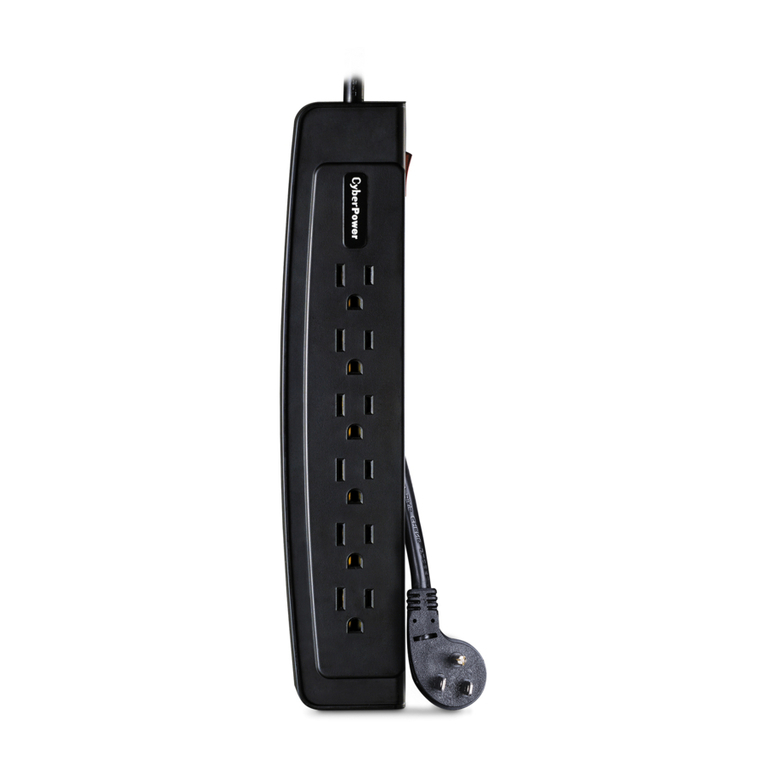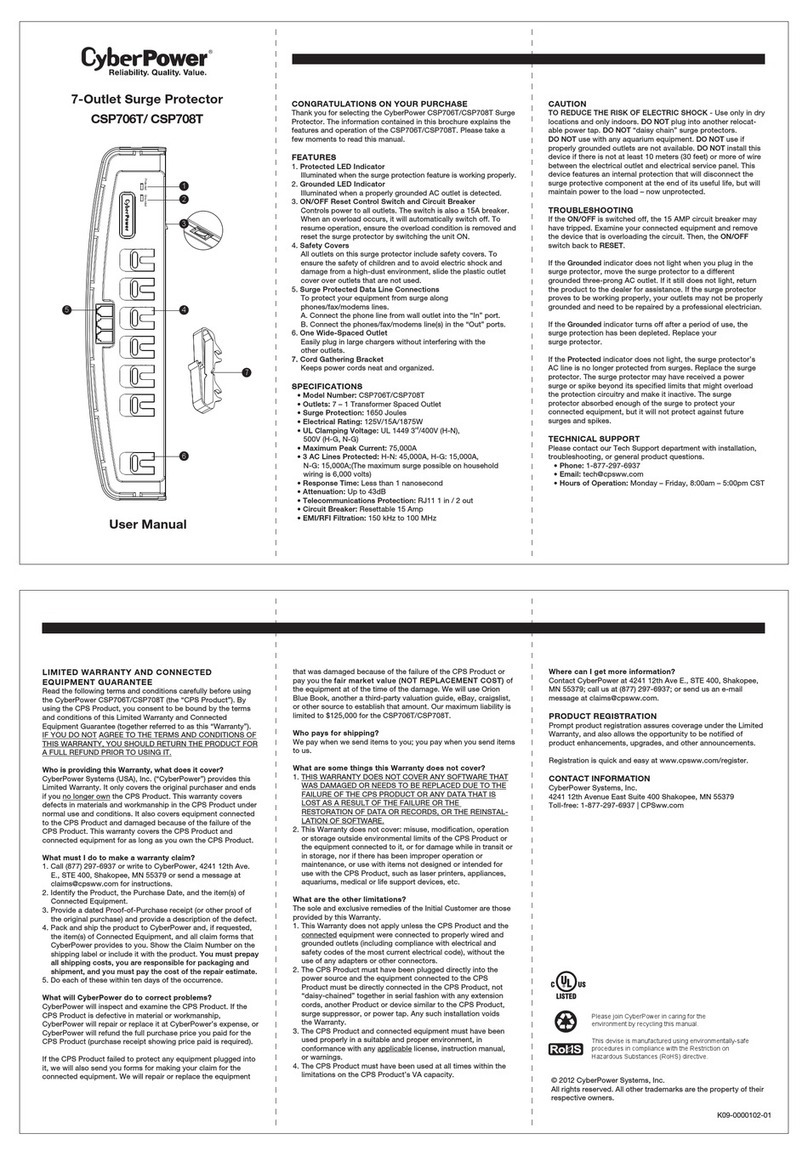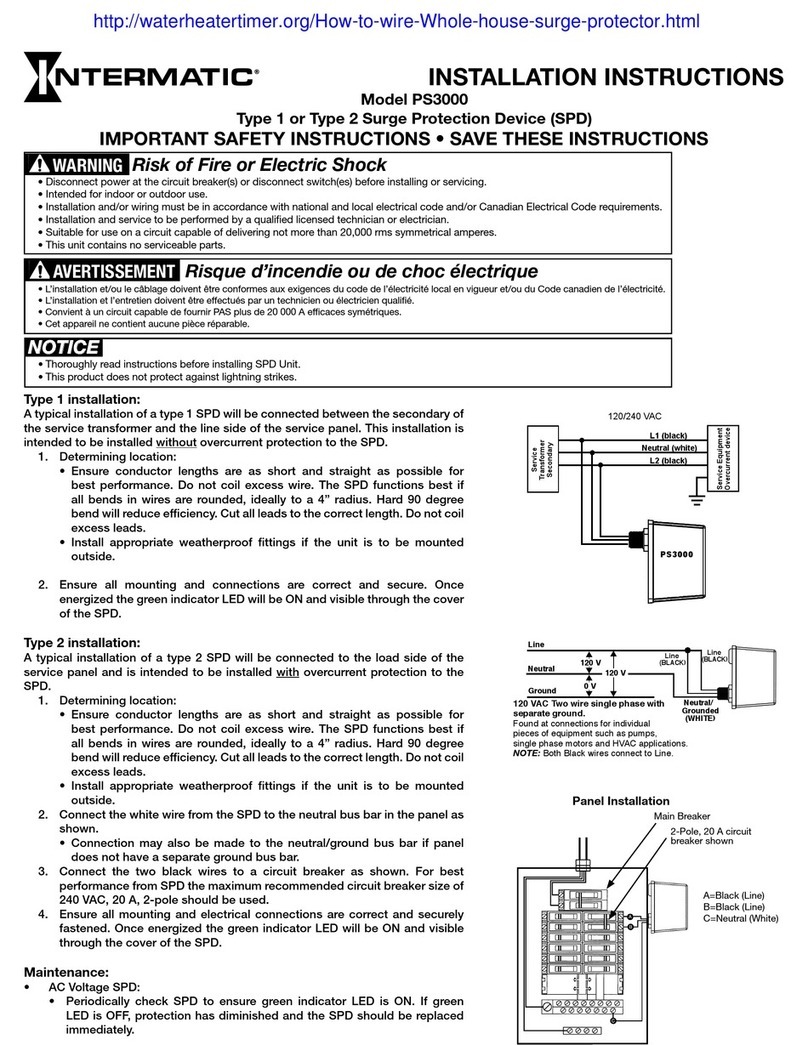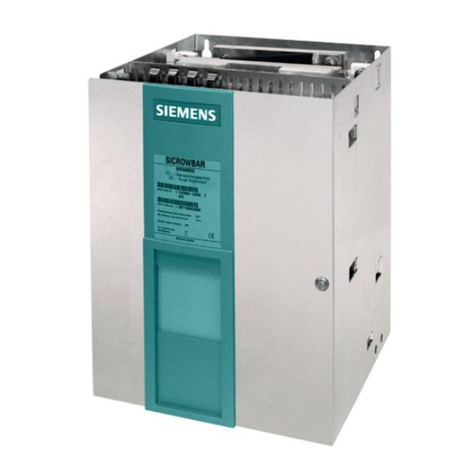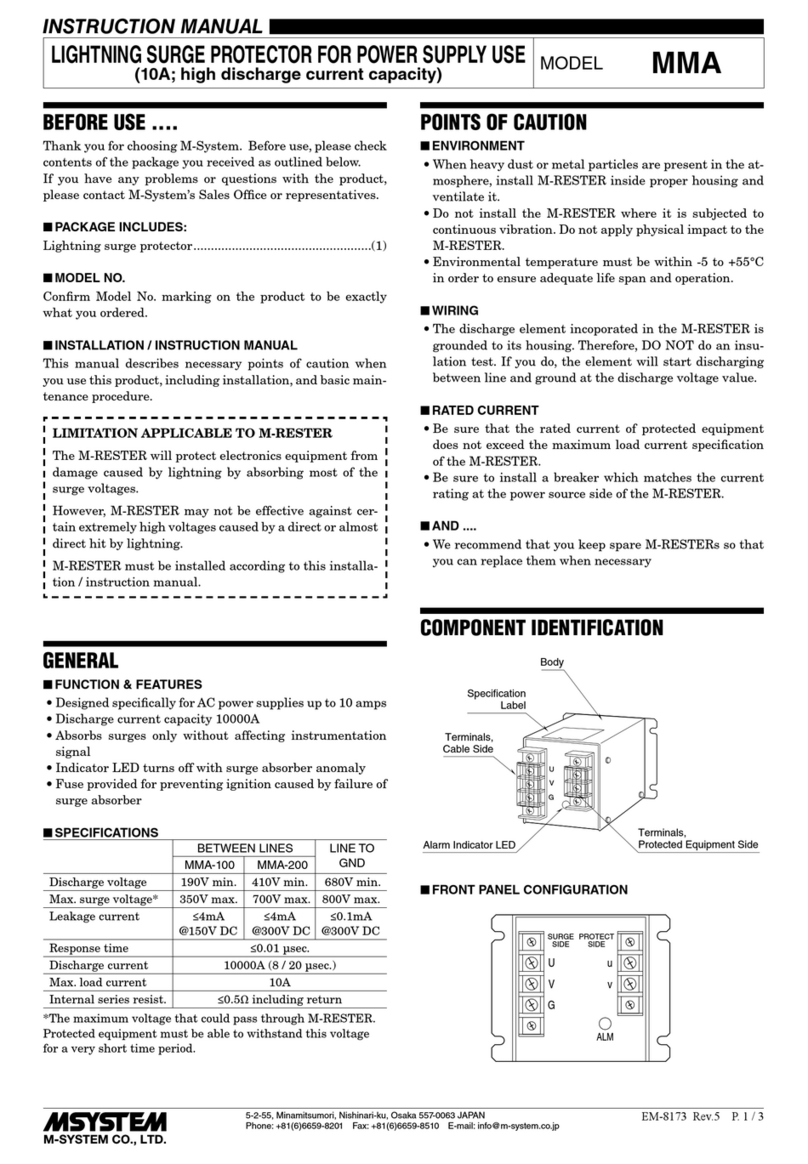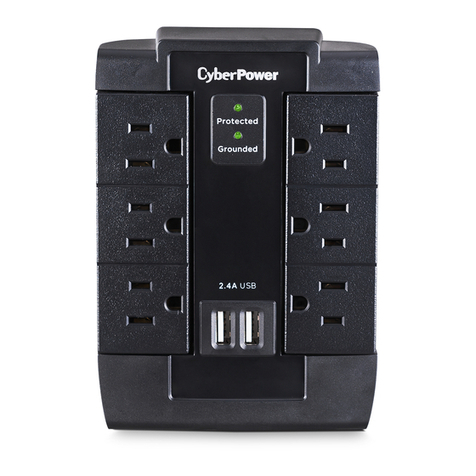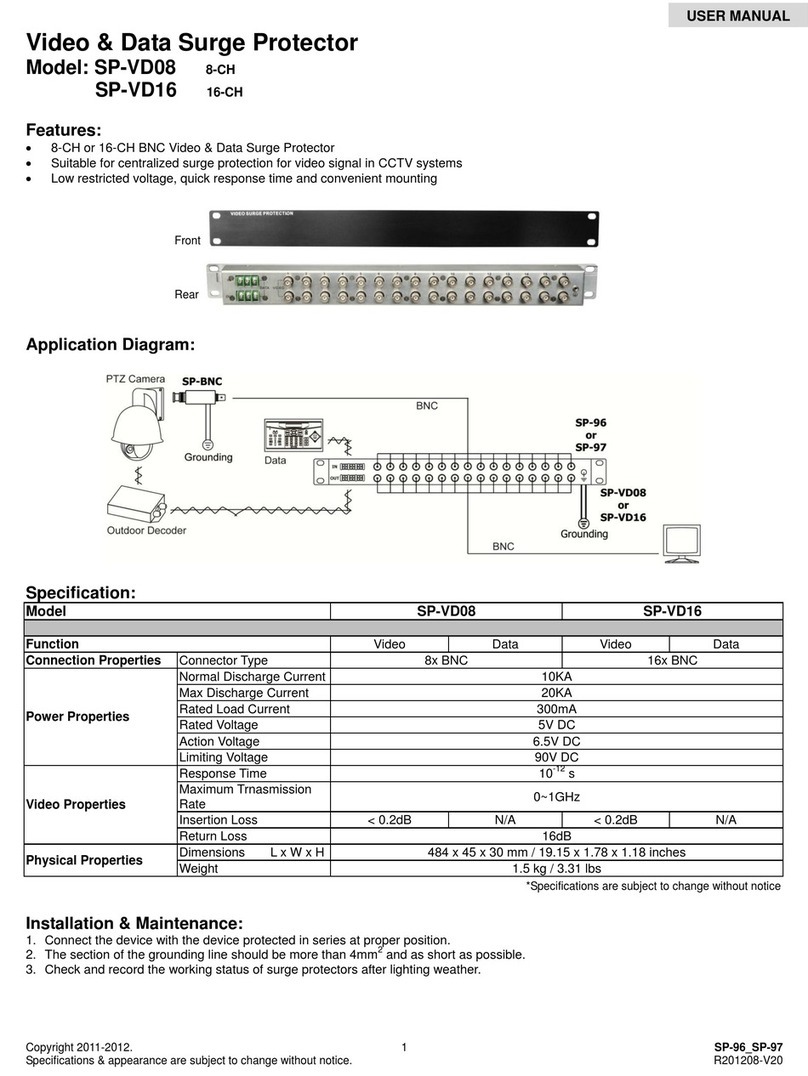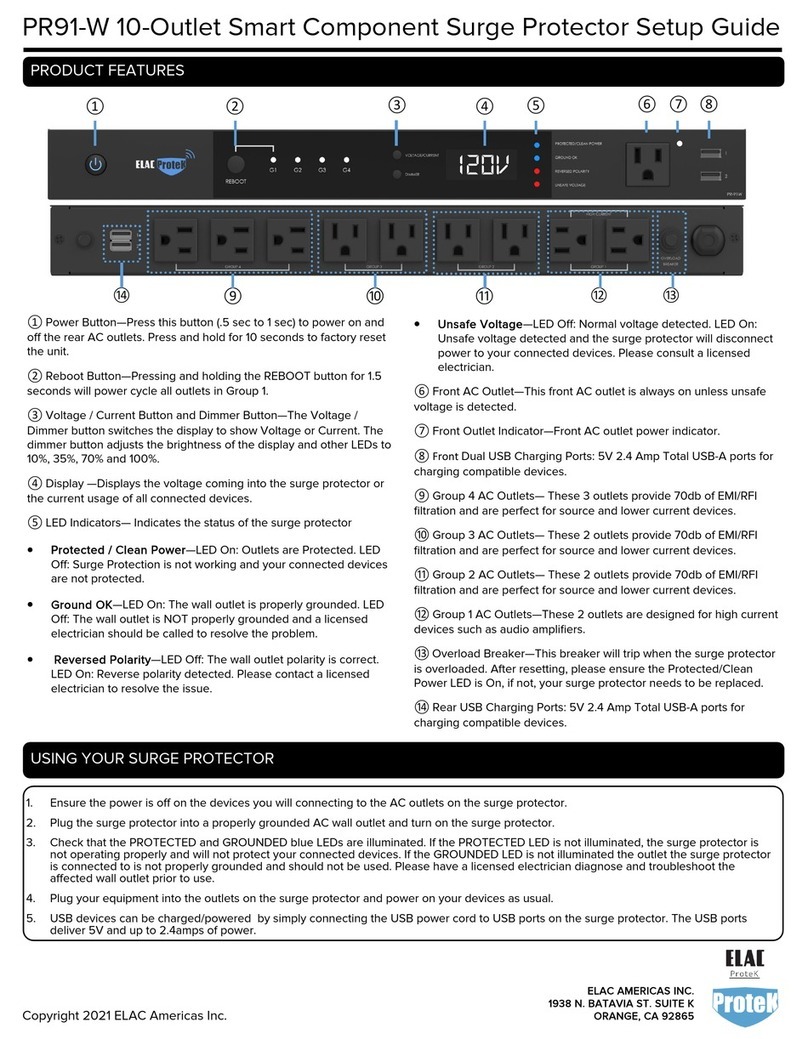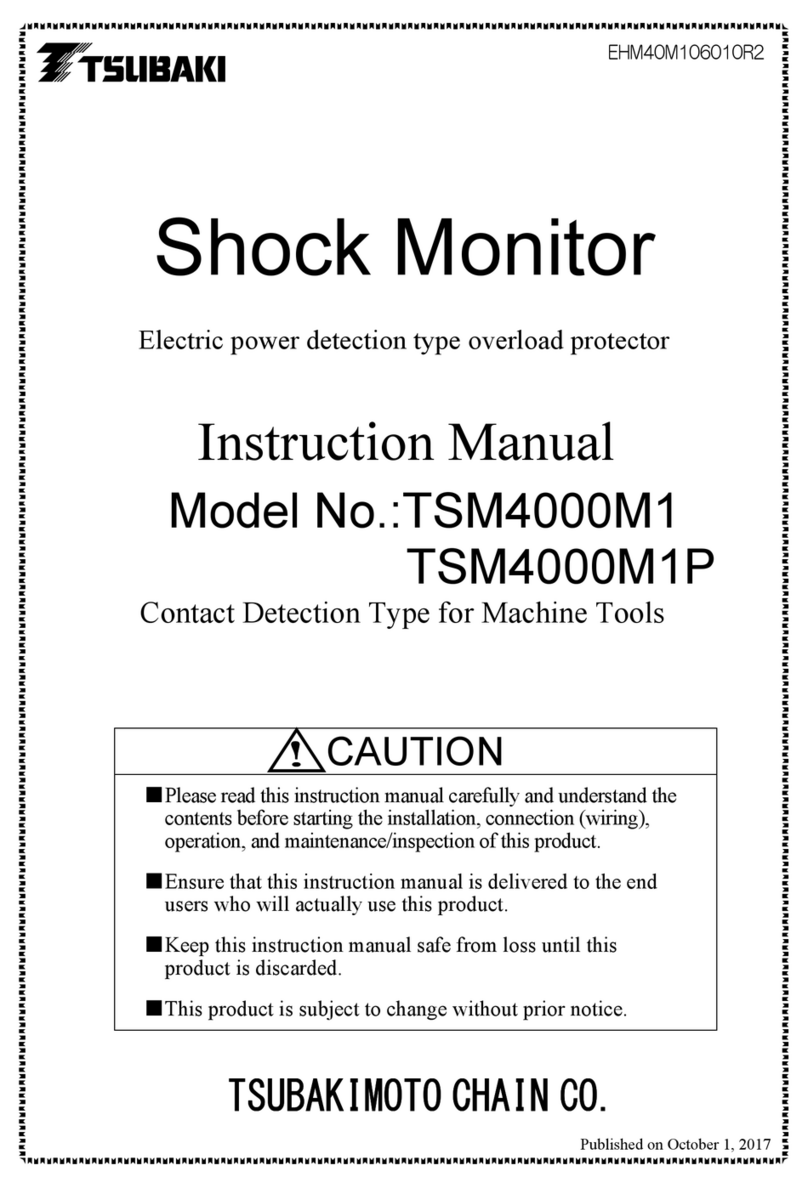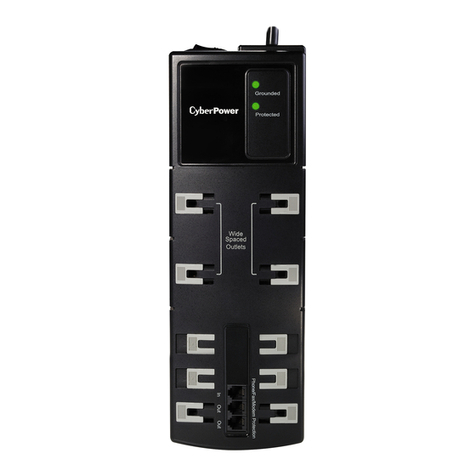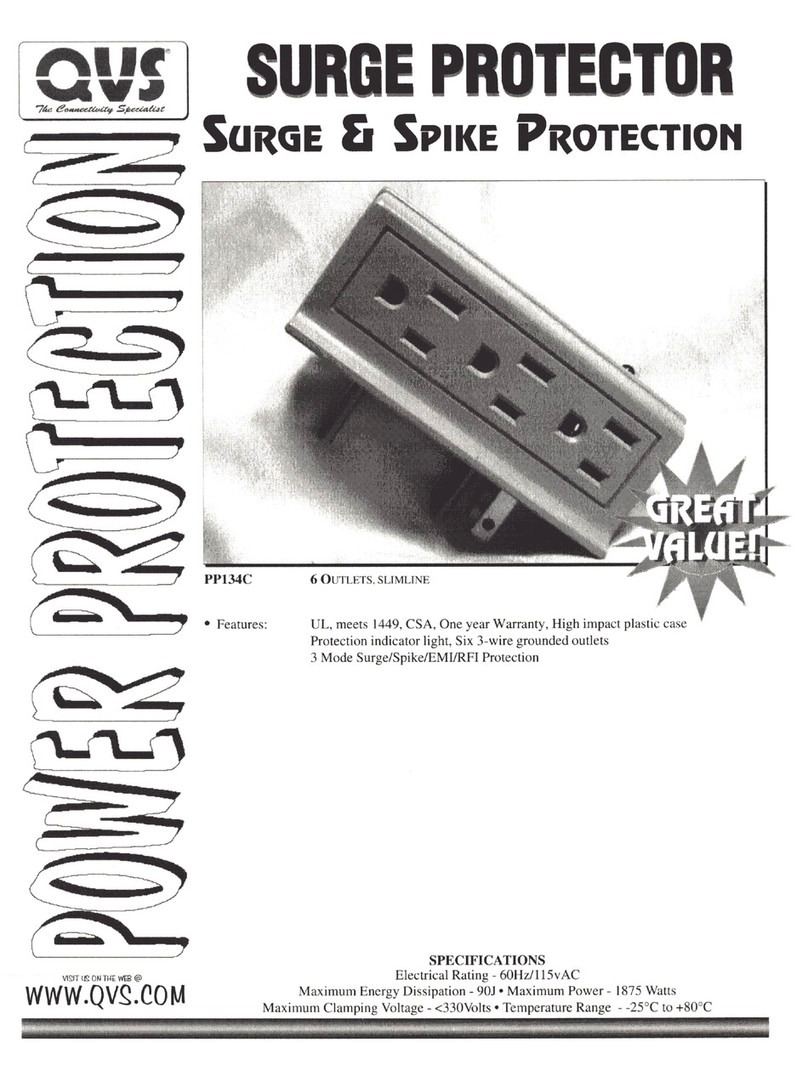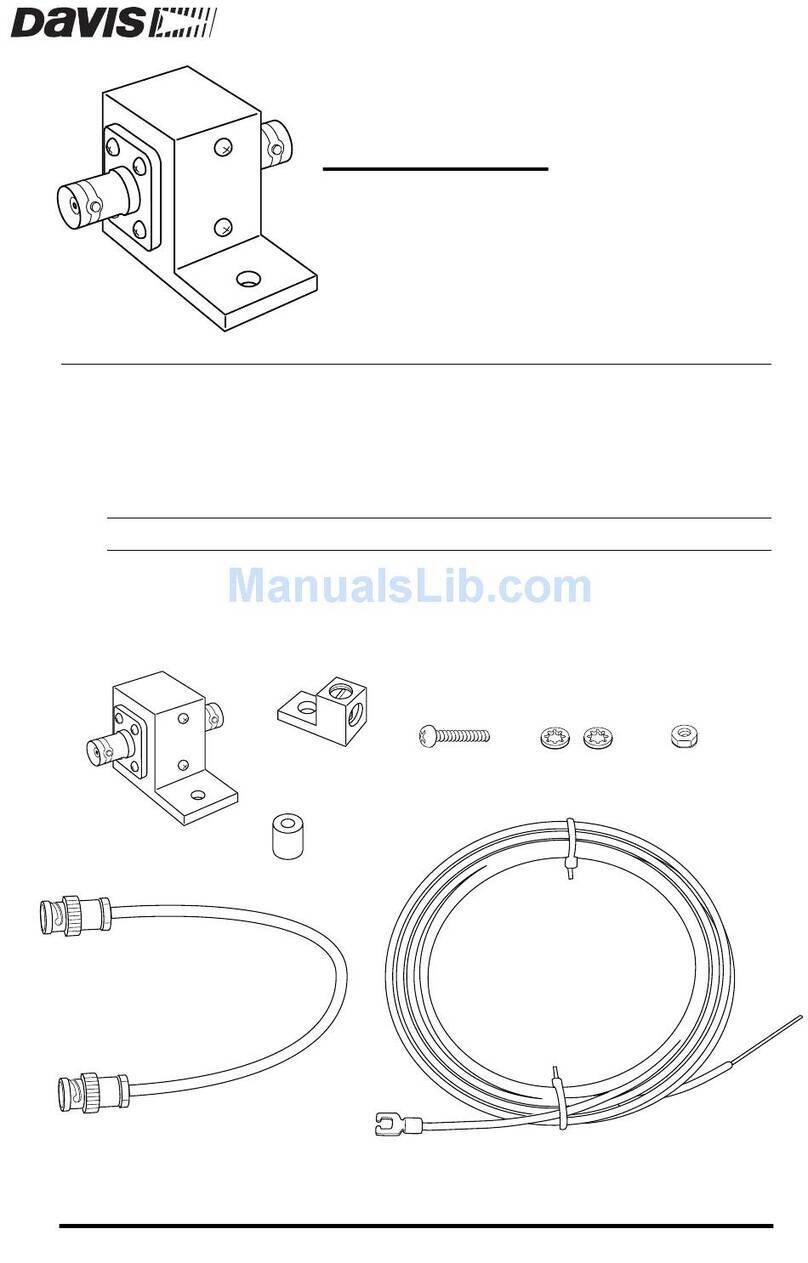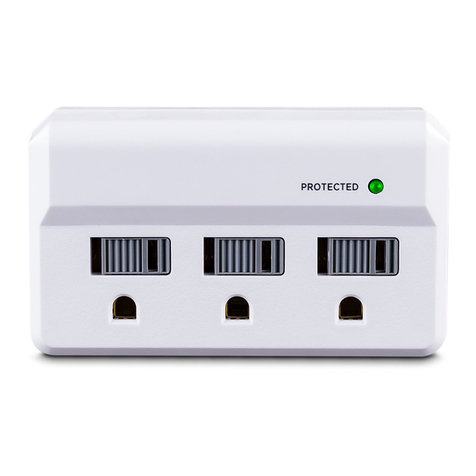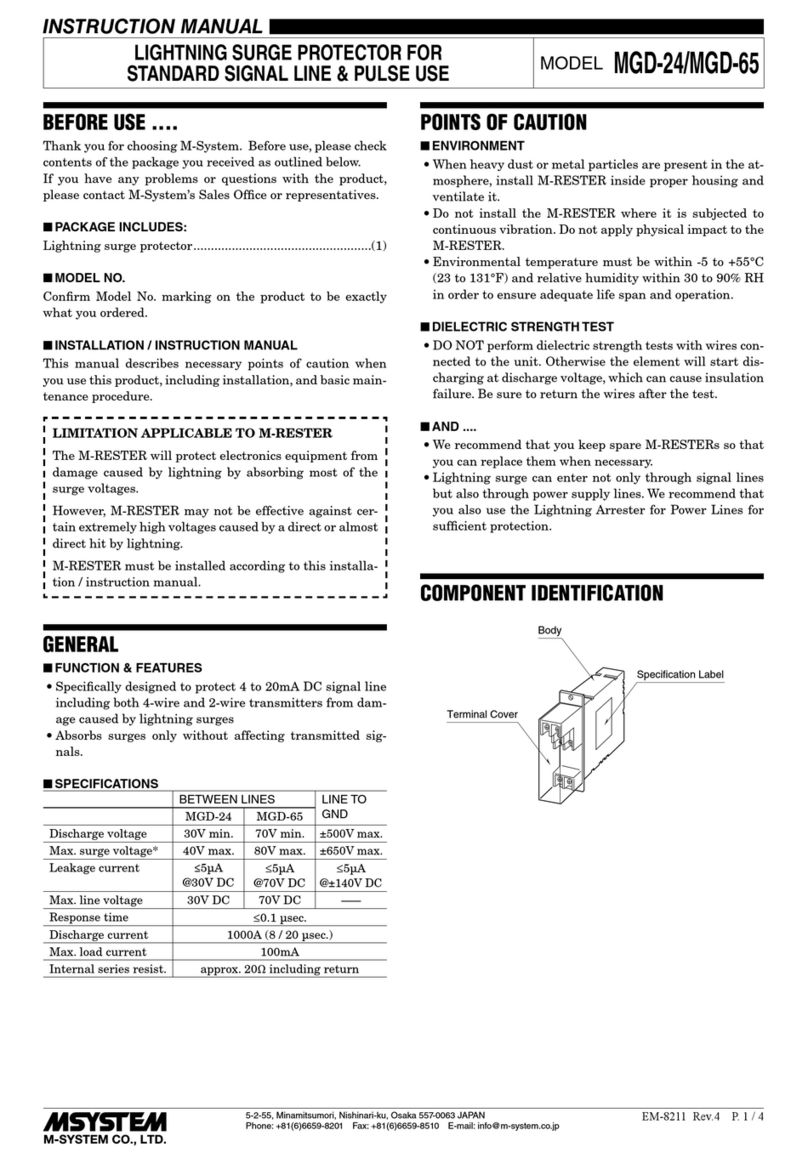
Before beginning
➤ Confirm that the voltage(s) and service configuration shown
on the CS1 product label are consistent with the voltage and
service configuration of the facility to which it is being attached.
A model number is printed on the label affixed to the inside of
the CS1 enclosure. Each model number corresponds to the volt-
age and service configurations printed in the table below:
(B phase must be 208V)
Note: Indicate TVSS surge current rating by substituting 60, 80, 100, 125,150,
200, 250, or 300 for “xx” in the above model numbers.
➤Check to ensure that a proper Xo bond is installed between
the neutral and ground terminals at the transformer upstream from
all 3ø WYE, 3ø high-leg DELTA, or 1ø SPLIT-PHASE TVSS
devices (see NEC Article 250.) Lack of a proper bond will
damage the CS1 and void the warranty.
➤Confirm that the environmental conditions are consistent with
the following ranges:
• Ambient Temperatures: The CS1 must be
installed in an area with a temperature between -40°
and +140°F.
• Humidity: The CS1 must be installed in an area
with relative humidity between 5% and 95% non-
condensing.
• Altitude: The CS1 must be installed in a
location whose altitude is below 13,000 feet.
WARNING! Discontinue installation if (1) your conditions are inconsis-
tent with the checklist above or (2) your conditions cannot be veri-
fied. Call Technical Support at 860.507.2025, ext. 70782 if you have
any questions.
5
Pre-Installation Checklist
W A R N I N G !
PRODUCT LABEL DESIGNATION SYSTEM VOLTAGE, SERVICE CONFIGURATION
CS1-xx-120/240-2G 120/240VAC, 1ø 3-wire SPLIT-PHASE, w/ground
CS1-xx-120/208-3GY 120/208VAC, 3ø 4-wire WYE, w/ground
CS1-xx-220/380-3GY 220/380VAC, 3ø 4-wire WYE, w/ground
CS1-xx-277/480-3GY 277/480VAC, 3ø 4-wire WYE, w/ground
CS1-xx-347/600-3GY 347/600VAC, 3ø 4-wire WYE, w/ground
CS1-xx-120/240-3GHD 120/240VAC, 3ø 4-wire high-leg DELTA, w/ground
CS1-xx-240-3DG 240VAC, 3ø 3-wire DELTA, w/ground
CS1-xx-480-3DG 480VAC, 3ø 3-wire DELTA, w/ground
CS1






